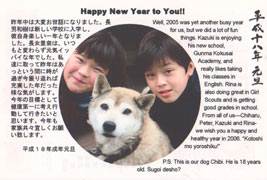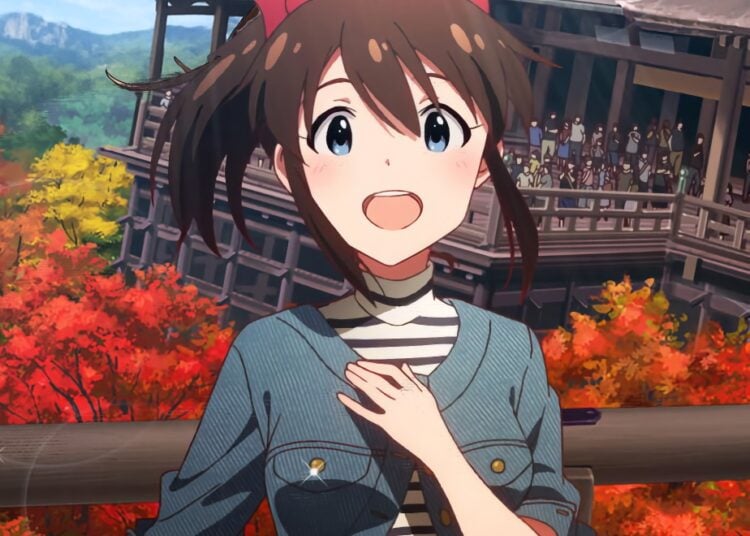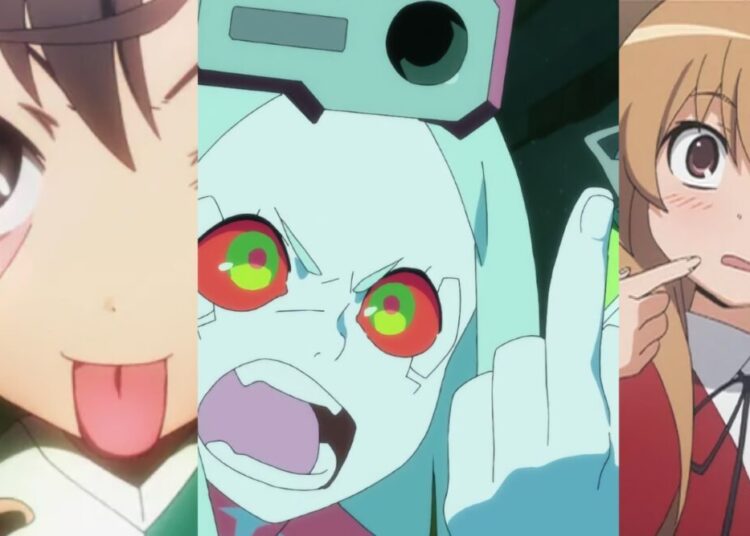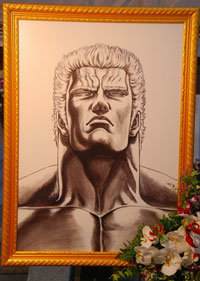Chinese New Year is going on right now, and throughout Asia people are celebrating the cultural holiday. Although Japan switched from the Lunar Celendar to the Gregorian system as part of its modernization during the Meiji Era, many cultural elements from the old calendar live on. The Japanese follow the Chinese Zodiac, and some people believe what animal sign you were born under will determine part of what you will go on to become. My wife and I were both born in the Year of the Monkey (1968), so we get along, but monkeys and dogs like to fight, so someone born in the Year of the Monkey might not want to marry a Dog Year person — or something like that. I’ve noticed that some superstitions remain rooted in the Lunar Calendar. For example, there are “unlucky years” for people, called yaku-doshi (Wiki article), during which you should take extra care to avoid accidents or sickness and avoid starting new projects like building a house — the ages of 19 and 33 are two unlucky years for women, and 24 and 42 for men. I’ve observed that these unlucky years seem to follow the Chinese calendar, i.e., they don’t kick in until the Lunar New Year has arrived. Chinese New Year is not officially marked in Japan at all, but one old custom from the old days survives: Setsubun, on February 3rd, a day when fathers put on a scary mask and pretend to be a devil trying to bring bad luck into the house. Children throw dried soybeans at the devil and yell oni wa soto, fuku wa uchi! (“out with devils, in with hapiness”). On this day, you’re supposed to eat your age in soybeans to bring you good luck.

This year is the Year of the Dog, and our New Year’s Card this year featured our kids with our old faithful dog, Chibi, who’s been guarding our rural liquor shop for the past 18 years (126 in dog years, wow!). We’re glad we took the pictures because this morning we found that good old Chibi had passed away in the night. He was a good dog, always happy to go for a walk on his little snub legs, and while he was a bit of a sukebe (more than most male dogs or humans, anyway), he was always faithful to us. He will be missed — my daughter was so boro-naki (bawling he eyes out) she couldn’t go to school.
Getting a drivers’ license in Japan is a little different from how it was for me back in Califorina. First, the driving age is 18, but only students who have already graduated from high school can start studying for their license, which causes a huge rush during the summer. Students must go to an intense driving school, usually for a month but longer if they have trouble passing the test quickly. The cost is a cool $3000, quite a bit more than the $200 I paid for two days of driver’s training back in 1984. Drivers who have had been driving with less than a year need to have a special sticker on their car, called a Beginner’s Mark, to let others on the road know that they’re inexperienced drivers. By customer request, we’ve got these cool Beginner’s Mark magnetic stickers in stock on the site now. They’re a great way to stand out on the road and bring shock to any Japanese who might see your car. Plus they’re highly reflective and make your vehicle more visible on the road.















